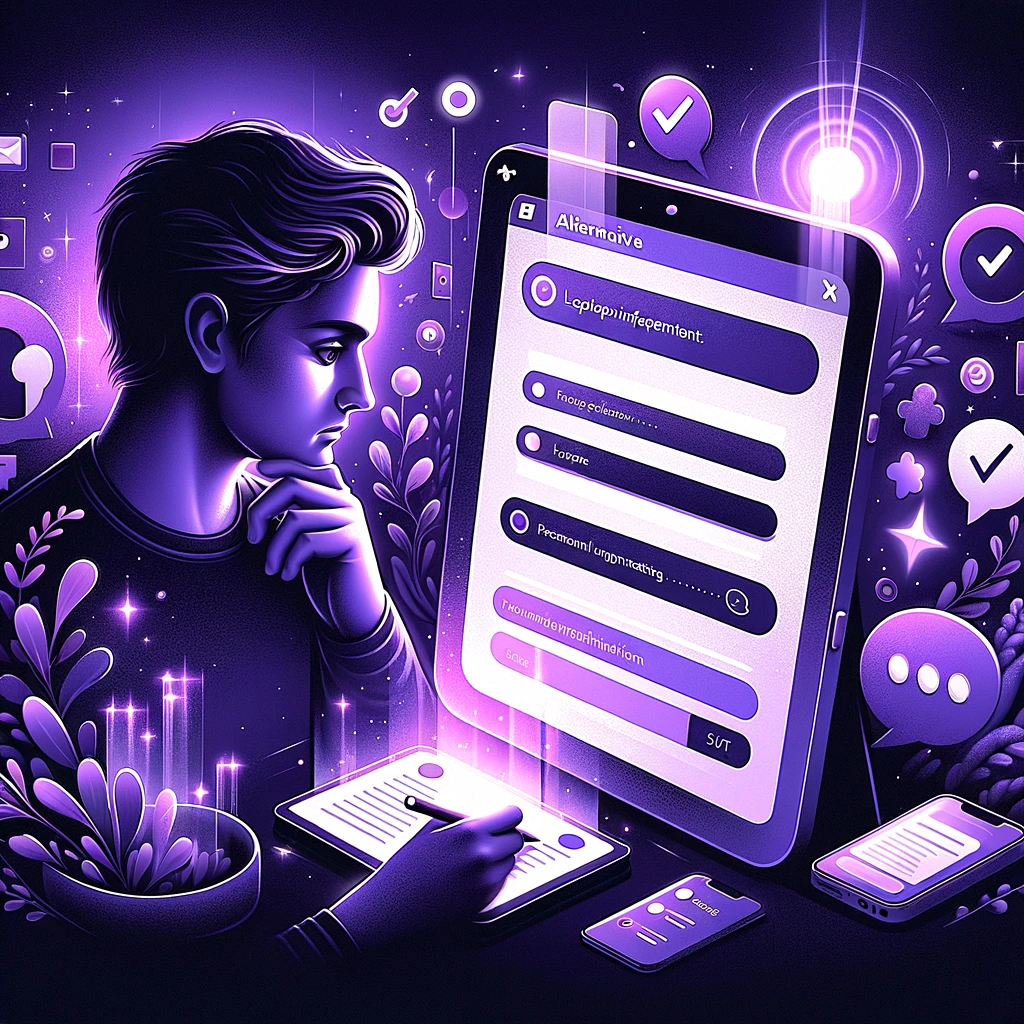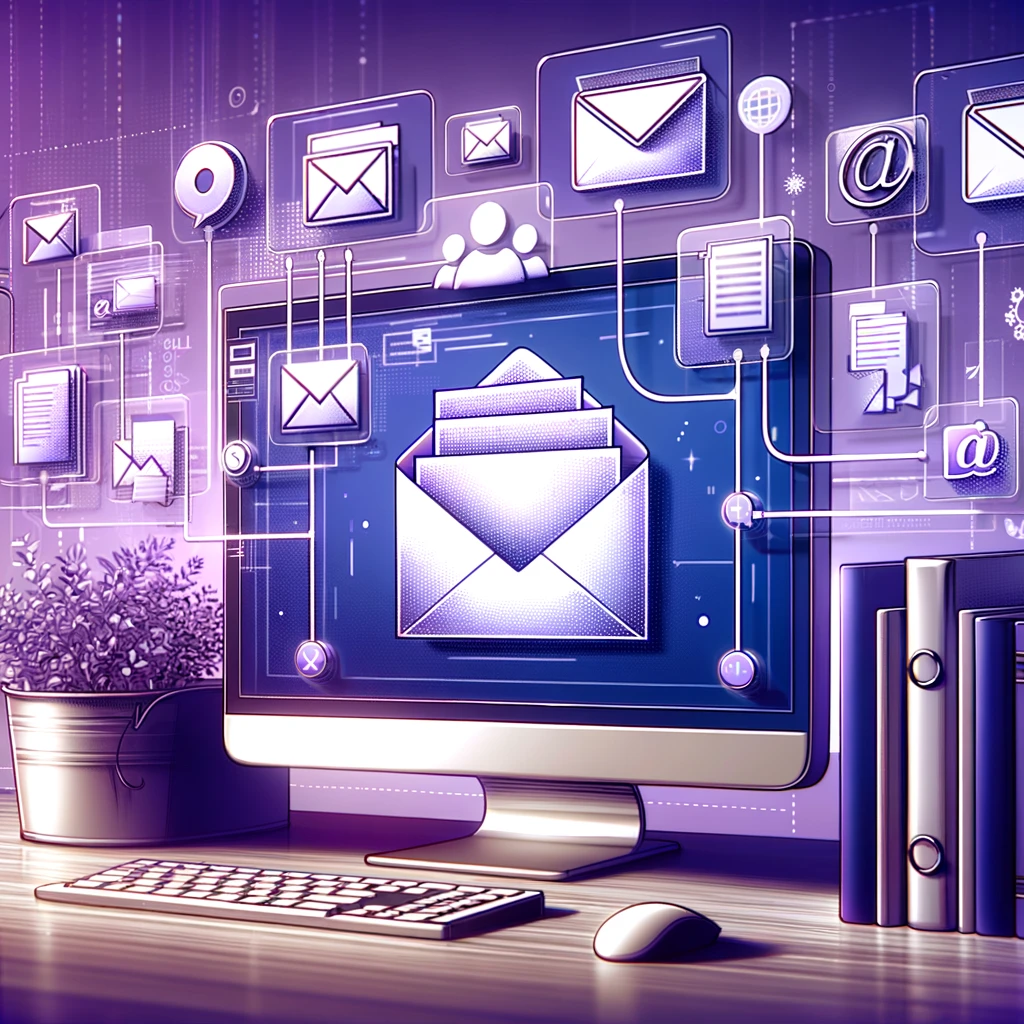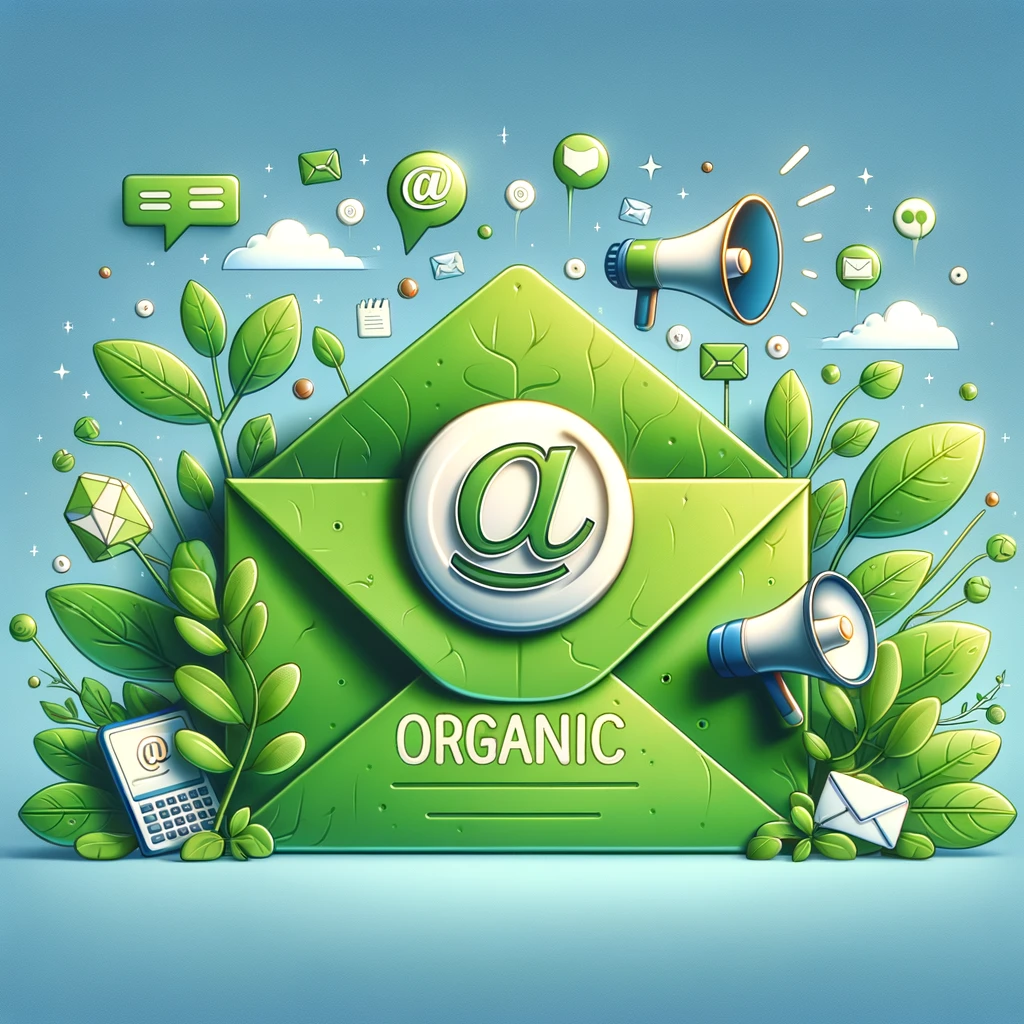
7 simple (yet powerful) email marketing ideas for local nonprofits
Email marketing is a proven way for your local nonprofit organizations to engage your audience, spread your message and motivate donations. However, if you’re like many small nonprofits, you don’t have the time or budget to create a lot of content or design beautiful email graphics. Without the time and resources of big nonprofits such as the Red Cross, United Way or Habitat for Humanity, you might feel discouraged about your ability to use email effectively.
The good news is you don’t need a big budget or a lot of time to leverage the power of email marketing for your local nonprofit.
In fact, a simple email strategy is often best for small nonprofits. Simplicity lends local appeal and suggests you’re frugal with your marketing efforts, which in turn fosters trust and encourages involvement.
To that end, here are seven simple (yet powerful) email marketing ideas your budget- and time-strapped local nonprofit can use to boost participation and motivate donations to help your cause.
1. Write short, sweet and friendly emails
You’ve seen the multi-topic email newsletters the big nonprofits send – they’re practically magazines. As a local nonprofit organization, you don’t need an entire publishing team to spread your message, and you don’t need to look like a professional publication.
Instead, keep your emails short and sweet. Don’t stuff multiple bullet points into a single email; rather, share a single message in each email.
Pretend you’re writing to a friend. Your tone can be casual and to the point, and you don’t need any graphics. When you take this approach, you can craft compelling emails in less than 15 minutes.
In addition to saving time and money, this strategy enables you to send hyper-focused emails that motivate action. It also makes it easy to keep your audience engaged: since your content is spread out over multiple emails, and each will only cover one item, nothing will be overshadowed by other news.
2. Regularly update members and subscribers
Commit to sending at least one email per week. This is easy when each email contains a single message.
Send news about your organization, commentary on new legislation, updates on important fundraising initiatives and even relevant tips your audience can use to contribute to your cause without donating. For example, an environmentally conscious nonprofit might tell subscribers how to reduce their carbon footprints at home.
Again, you don’t need long emails and fancy graphics to engage your audience. In many cases, a single paragraph will do.
The goal is to get in front of your audience regularly, so you’re top of mind when they’re ready to get involved or donate.
3. Show your impact
One of the most email marketing strategies for local nonprofits is to show subscribers how you’re making the world a better place. How are their contributions helping? What projects are you working on? Who, specifically, have you helped – and how?
Share stories that illustrate real, measurable impact. Did you save 100 dogs from the shelter? Has local lake water quality improved by 20%? Did you provide food, shelter, clothing or books for 862 underprivileged children?
Many nonprofits use email to highlight the problem they’re trying to solve. There’s nothing wrong with that, but keep in mind people want to help. If you underscore how your efforts are solving the problem, you’ll notice a direct correlation between your “big news” and a spike in new memberships and donations.
4. Need volunteers? Ask for limited help
Local nonprofits are understaffed and often rely on volunteers to do the good work. Unfortunately, volunteers can be hard to come by. Email can help, especially if you take the right approach.
A common mistake local nonprofits make is to simply ask for volunteers. The problem is the request is open-ended, and people might feel as though they’re being roped into a long-term commitment.
A better approach is to send emails that ask people to volunteer for specific, time-limited tasks.
For example, let’s say you’re hosting an annual fundraising event. If you ask for volunteers for the event, people might be worried they’ll be stuck there all day or that they’re going to be stuck doing something they don’t want to do.
On the other hand, if you say you need someone to man the door from noon to 1 p.m. or you need someone to bake four dozen cookies, you’re far more likely to get volunteers on board. They know which task they’re responsible for, that there is an end to the expectation, and they won’t be asked to do anything else.
Send an email that lists specific volunteer tasks and time slots, and you’ll get more volunteers than ever before.
5. Save the pitch with strategic timing
Resist the urge to turn every email into a pitch for donations and memberships. Instead, focus the bulk of your messages on your nonprofit’s impact and news about your cause.
Good examples include annual membership drives, holidays, Giving Tuesday, the end-of-year donation spree and whenever you launch a new project. The idea is to make the ask when people are already excited and inclined to give.
This isn’t to say you can’t include a call to action at the end of every email – that’s a good idea, since donations will trickle in year-round – but it does mean most of your messages should focus on valuable content. Once you’ve proven your nonprofit is helping the community, you can send request monetary contributions with strategically timed emails that are destined for success.
6. Showcase contributors
Receive a big donation? Did a local company provide free work? Did a volunteer go the extra mile? Showcase your top contributors via email. It’s a great way to express your appreciation and demonstrate how every dollar helps to other potential donors.
Many people want to be recognized for their contributions, even if their motivation is altruistic. Email is a simple and effective way to offer recognition and foster more community involvement. When subscribers see the people and companies they know and trust contributing to your cause, they’re more apt to follow suit.
One word of caution: Be sure to ask permission before you highlight anyone in your emails. Though many people appreciate public recognition, some prefer to stay behind the scenes.
7. Email invites (and not just to events)
Email is a quick and easy way to invite subscribers to attend your events, but events aren’t the only things you should invite them to.
Use email to invite subscribers to follow your social media accounts, share your cause with their friends and family members, purchase fundraising products and submit ideas of their own. Actively encourage community involvement through social media and enable your supporters to spearhead their own pet projects so you can do more with less. All it takes is a quick email.
Local nonprofit email marketing doesn’t need to be difficult, expensive or time-consuming. Craft short, simple emails that focus subscriber attention on your message and enable you to reach subscribers with relevant messages that influence action. Highlight how you’re making a difference, and you can easily harness the power of email marketing to attract more volunteers, members and donations than ever before.
Join 140,000 small business owners
© 2019, Brian Morris. All rights reserved.
 SUBSCRIBE
SUBSCRIBE 


